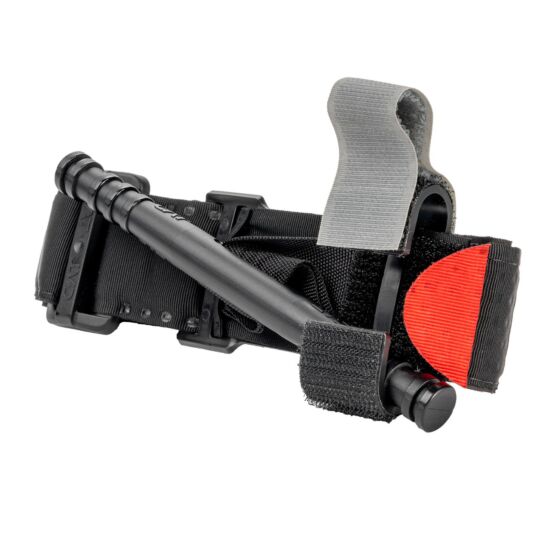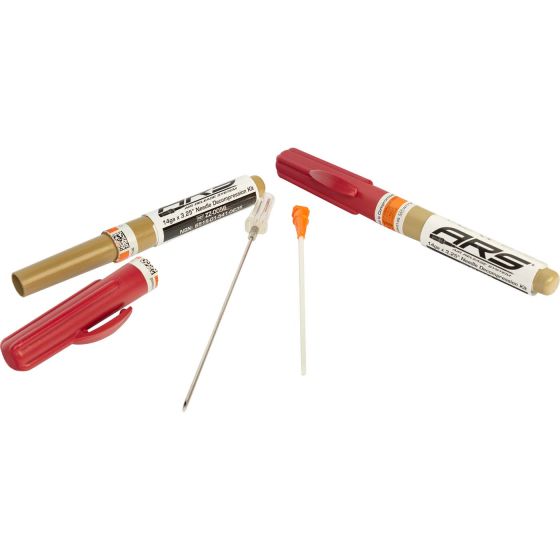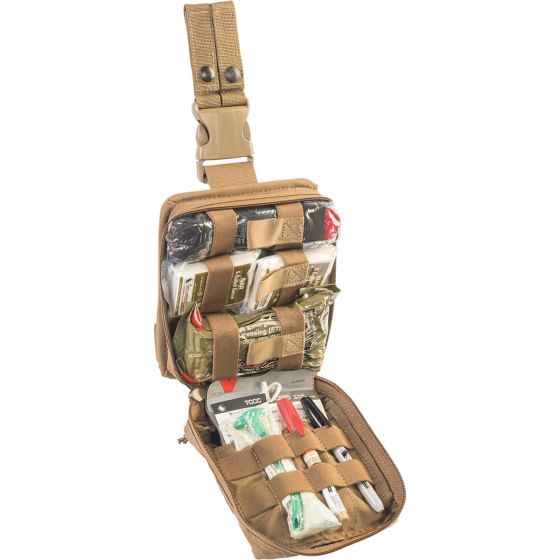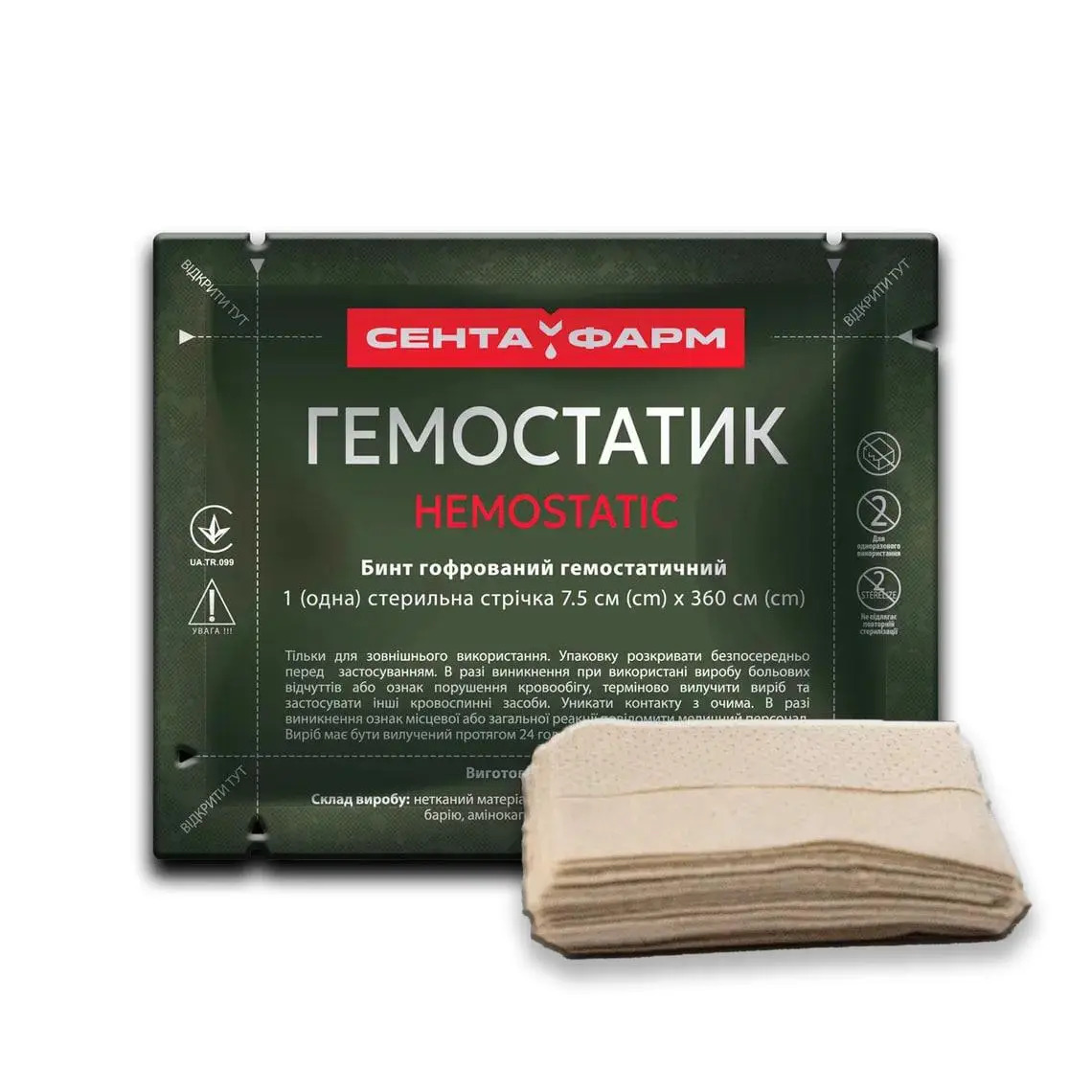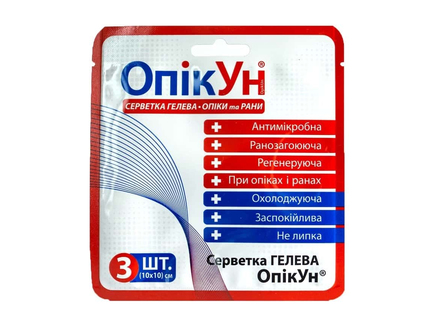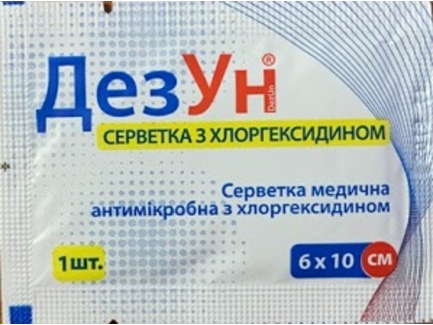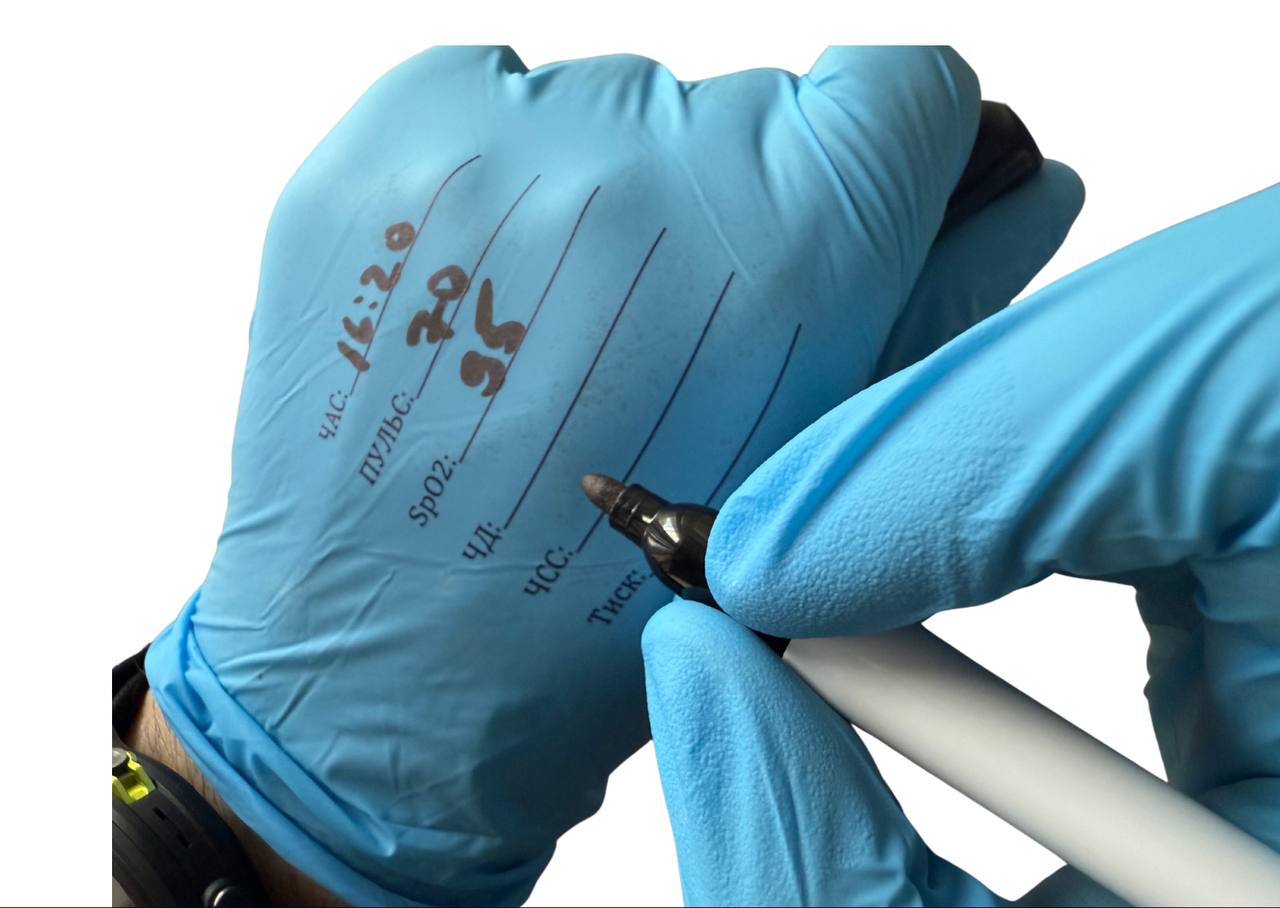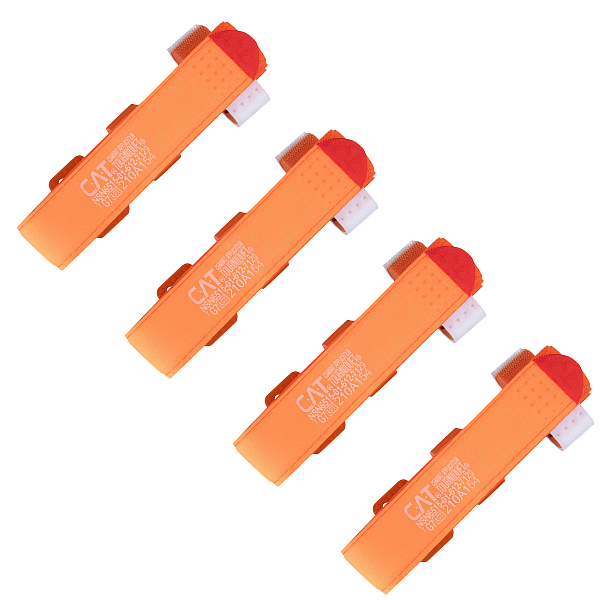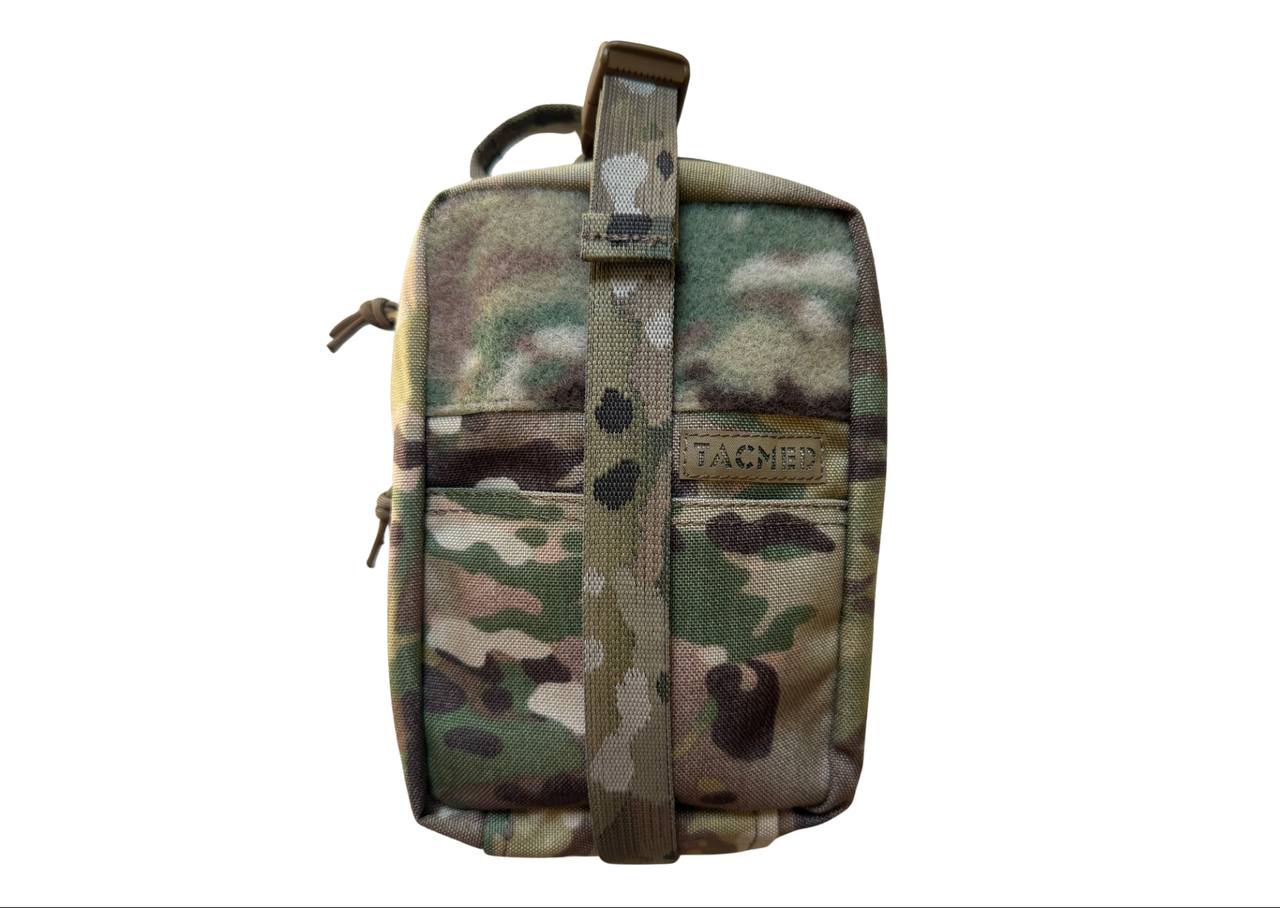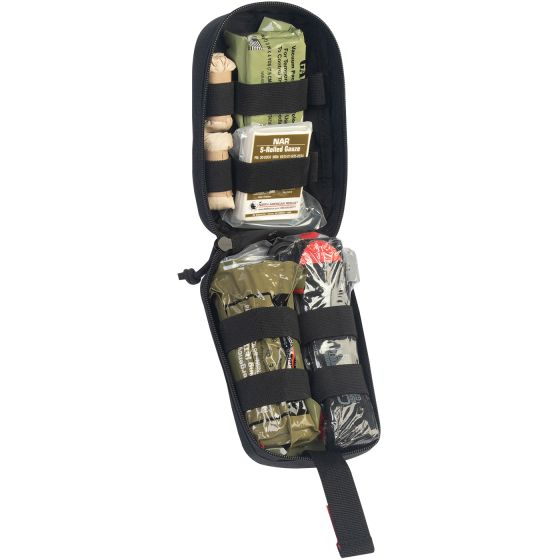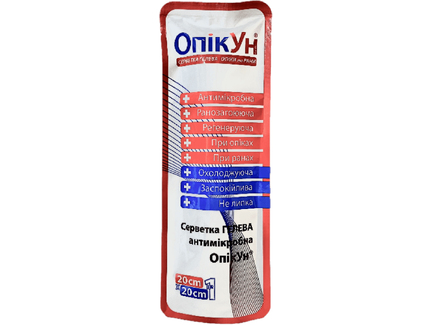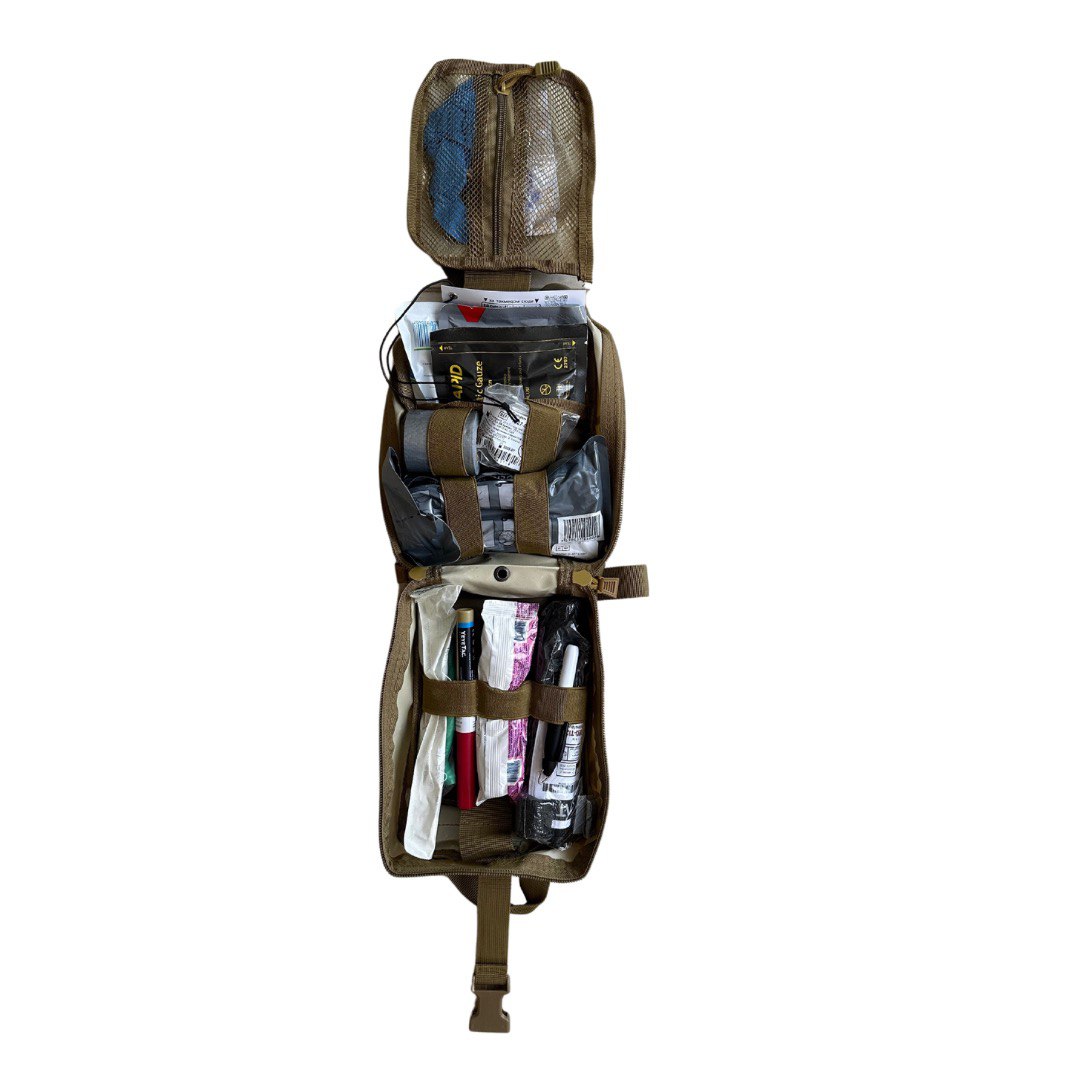What to do in case of a gunshot wound: first aid instructions
Content
- What You Need to Know About a Gunshot Wound
- Main Types of Gunshot Wounds
- How to Provide First Aid for Gunshot Wounds
- Treating Gunshot Wounds
- Frequently Asked Questions About Gunshot Wounds
- Which gunshot wounds are considered the most severe?
- How Not to Harm a Gunshot Victim
- Why First Aid Skills Are So Important
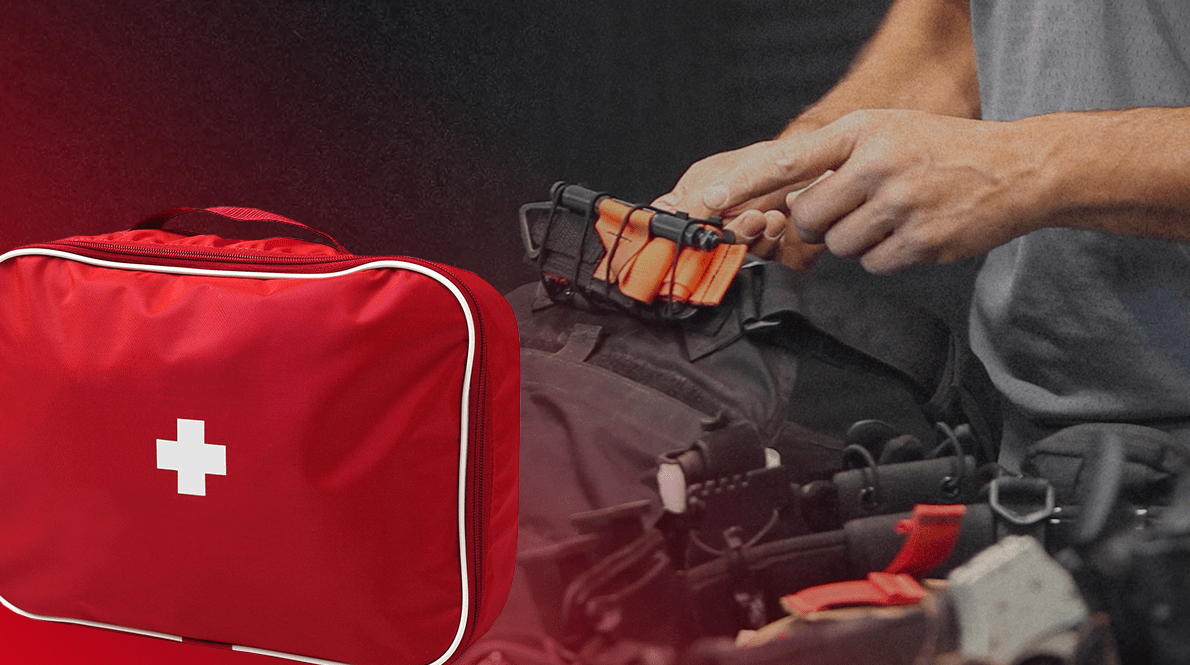
Gunshot wounds are the most common type of injury sustained on the battlefield. Among other things, they are accompanied by bleeding of varying intensity. Therefore, below we will discuss the specifics of gunshot wounds, their types, and the dangers they pose. You should also know how to quickly and effectively provide first aid to someone who has suffered a gunshot wound and how to stop the bleeding to save their life.
What You Need to Know About a Gunshot Wound
A gunshot wound is damage to the tissues and internal structures of the body caused by the penetration of a foreign object (bullet, fragment, shot) when a firearm is discharged. Such wounds involve disruption of the skin’s integrity and deeper layers of tissue.
This type of injury is especially dangerous not only for a person’s health but also for their life. Gunshot wounds typically occur during combat operations, armed assaults, or accidents involving firearms.
It is important to understand that gunshot wounds can be either superficial or deeply penetrating. The severity of the injury depends on many factors.
First and foremost, it depends on the amount of energy transferred to the body by the bullet or other damaging element upon penetration. The type of weapon, its caliber, ammunition design, and the flight trajectory—particularly the angle of entry—play a major role. Equally significant is the distance from which the shot was fired: the closer the range, the more severe the damage tends to be.
As a result of a gunshot wound, organs, blood vessels, and nerves may be injured. In most cases, this type of injury is accompanied by significant blood loss. This is a direct threat to life.
To act effectively in a critical situation, it is vital to recognize immediately what has happened. Characteristic signs of a gunshot wound include the presence of an entry hole at the injury site, active or moderate bleeding, intense pain, as well as swelling and impaired function of organs or limbs at the trauma location.
In summary, a gunshot wound is a serious injury that can have critical consequences for a person’s health and life. Therefore, it is essential to have all the necessary first aid supplies on hand and to possess the knowledge that can be acquired through courses and specialized training.
Main Types of Gunshot Wounds
Gunshot wounds are classified into different types based on various medical and ballistic factors. Primarily, it is important to identify which damaging element caused the injury—this could be a bullet, shot pellets, or a fragment. The shape and direction of the wound channel, as well as the depth and area of tissue damage, are also taken into account. The number of projectiles in the body, whether internal cavities are breached, the types of damage inflicted, and the presence of complications are all assessed. Healing progress and any clinical complications are considered separately.
Gunshot wounds are dangerous because they lead to significant blood loss, various infections, and damage to internal organs. They often cause serious systemic complications. Therefore, first aid for any diagnosed gunshot wound is extremely important.
How to Provide First Aid for Gunshot Wounds
The first thing you must focus on is stopping the bleeding, as this is the key threat to the person’s life. Only after controlling hemorrhage can you proceed with further aid. Below, we will examine the aid algorithm in detail.
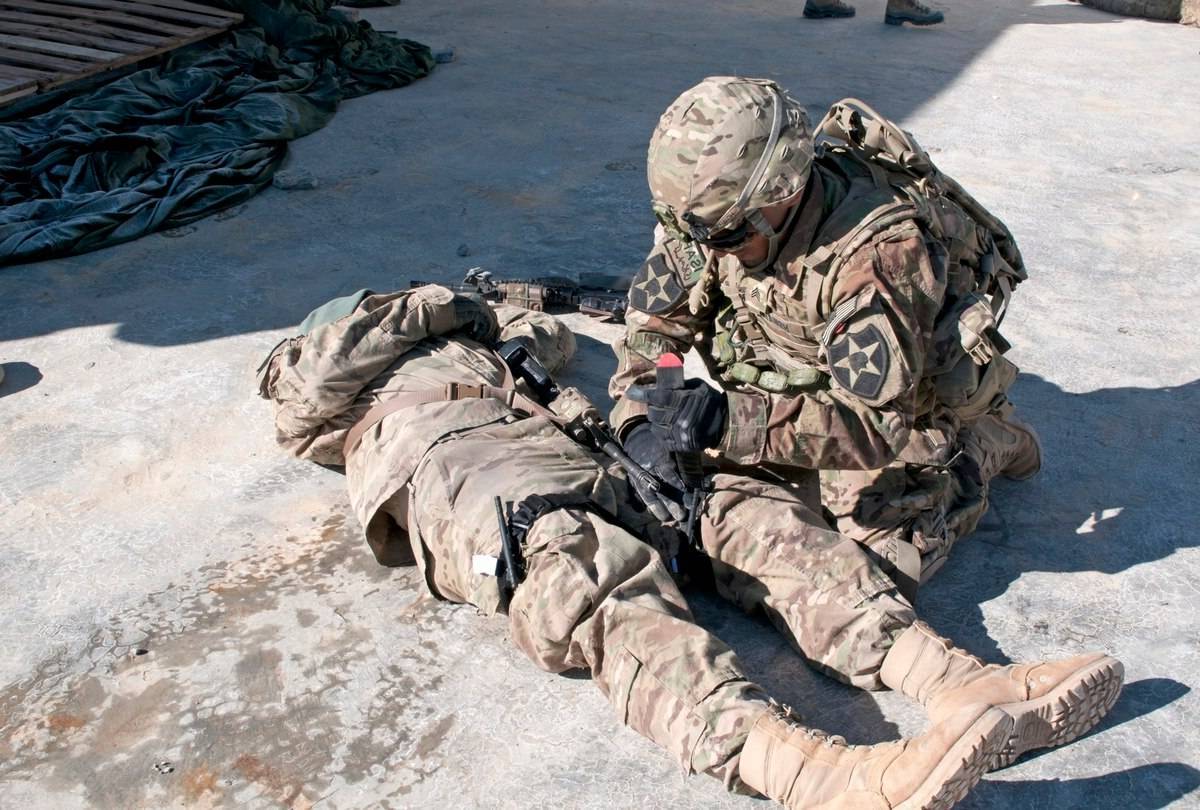
First, let’s identify the signs of massive bleeding. Massive bleeding can be recognized by several characteristic signs. If blood gushes from the wound under pressure, forming a stream, this indicates serious vascular damage. A noticeable pool of blood often forms beneath the victim. Clothing or dressings around the wound site quickly become soaked, and the stain continues to grow. Another alarming sign may be the partial or complete loss of a limb—resulting from traumatic amputation.
Once you determine that the person is losing blood, follow this algorithm:
-
Ensure there is no danger to you or the victim while providing aid.
-
If possible, call for assistance or emergency medical services.
-
If you have a first aid kit, put on gloves.
-
If the bleeding is from an arm or leg wound, firmly press the wound with your hands. If a tourniquet is available, apply it above the injury site. After applying, do not remove or loosen the tourniquet until medical personnel arrive. Be sure to note the time of application—this is critical information for the doctors. We recommend purchasing a tourniquet in advance.
-
As soon as you manage to stop active bleeding, make sure medical services have been summoned.
-
To confirm that bleeding has ceased, you can check for a pulse below the tourniquet—if you have the necessary experience. If no pulse is detected, blood flow has been effectively halted. If a pulse remains, tighten the tourniquet further or apply a second one slightly above the first. It is important to eliminate the pulse entirely. If bleeding continues despite this, do not waste time—press the wound manually or proceed to wound packing while awaiting medical help.
-
If the wound is located in the neck, armpits, or buttocks area, apply direct pressure. You can also use bandages or specialized hemostatic agents for packing. Ideally, you should have an IFAK kit at hand. If using a hemostatic agent, maintain pressure on the wound for three minutes; if using a regular gauze, maintain pressure for ten minutes. Then monitor the victim’s condition until medical personnel arrive.
-
If bleeding is not immediately life-threatening, the primary task is to apply firm pressure to the wound—either manually or with clean cloth—until bleeding stops completely. Afterward, securely cover the injury site with a dressing. When using hemostatic devices on limbs—such as tourniquets or bands—it is crucial to select only proven products. A reliable option is the SICH-Tourniquet, whose effectiveness has been repeatedly confirmed in combat conditions.
Treating Gunshot Wounds
Effective treatment of a person with a gunshot wound is possible in a surgical department, and in some cases in a trauma unit. The duration of treatment and the risk of complications directly depend on the location of the injury, the physical condition of the patient, and several other factors, including timeliness of first aid.
Keep in mind that treatment and rehabilitation of gunshot wounds can last from two–three weeks up to a year or more.
Frequently Asked Questions About Gunshot Wounds
The most dangerous gunshot wounds are those that cause massive bleeding. Injuries to internal organs or critically important body parts—such as the head or abdomen—also pose a direct threat to life.
Which gunshot wounds are considered the most severe?
The most serious damage is usually caused by weapons that fire bullets with high kinetic energy. The more powerful the charge and the higher the muzzle velocity, the deeper and more extensive the tissue damage. For example, a wound from an assault rifle is typically much more severe than one from a pistol.
How Not to Harm a Gunshot Victim
Ideally, you should have a combat first aid kit on hand. Until medical professionals arrive, your task is to stop the bleeding and continuously monitor the victim.
If you lack medical education and experience, do not undertake radical actions—such as setting fractures. To avoid complicating the work of medical personnel, do not move the victim unless it is absolutely necessary—only if your own safety is at risk and you need to move them to cover.
Do not apply splints before medics arrive; any careless movement can worsen the victim’s condition. Tactical medicine teaches this, so we recommend completing a basic training course that will help you provide proper aid.
Why First Aid Skills Are So Important
In the current environment, every civilian and military person can find themselves in a situation where they must act professionally and quickly. This is critically important for gunshot wounds, as the risk of blood loss and fatal outcome is high. Knowledge of the aid algorithm and a properly stocked combat first aid kit are not luxuries but necessities.
In most cases, medical personnel cannot arrive instantly, so it is vital to know what aid needs to be provided before they get there.
Once again, we emphasize the importance of proper preparation: incorrect actions can lead to disability or other irreversible consequences. For example, if you do not tighten a tourniquet properly, bleeding will continue.
Do not loosen or remove a tourniquet before medics arrive—this can restart the bleeding.
A common and extremely dangerous mistake is attempting to remove a bullet or fragment on your own. Such actions can either infect the wound or exacerbate the bleeding.
To avoid harm, remember that first aid consists of basic measures aimed at preserving life. Therefore, it is essential to have a correctly equipped first aid kit and regularly update your knowledge by undergoing training.
You can purchase everything you need for first aid at TacMed. There you are guaranteed to receive only original products that meet international standards, are of high quality, and have been proven in combat conditions. You can also get consultations from TacMed specialists, who will help you choose the necessary supplies and share the knowledge required in critical situations. Delivery is available throughout Ukraine in a short time, because every minute can be decisive.
